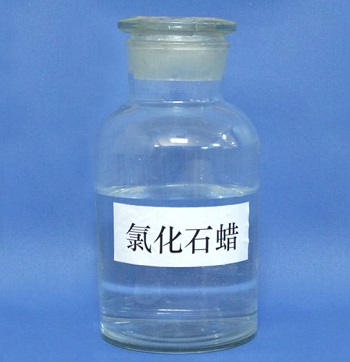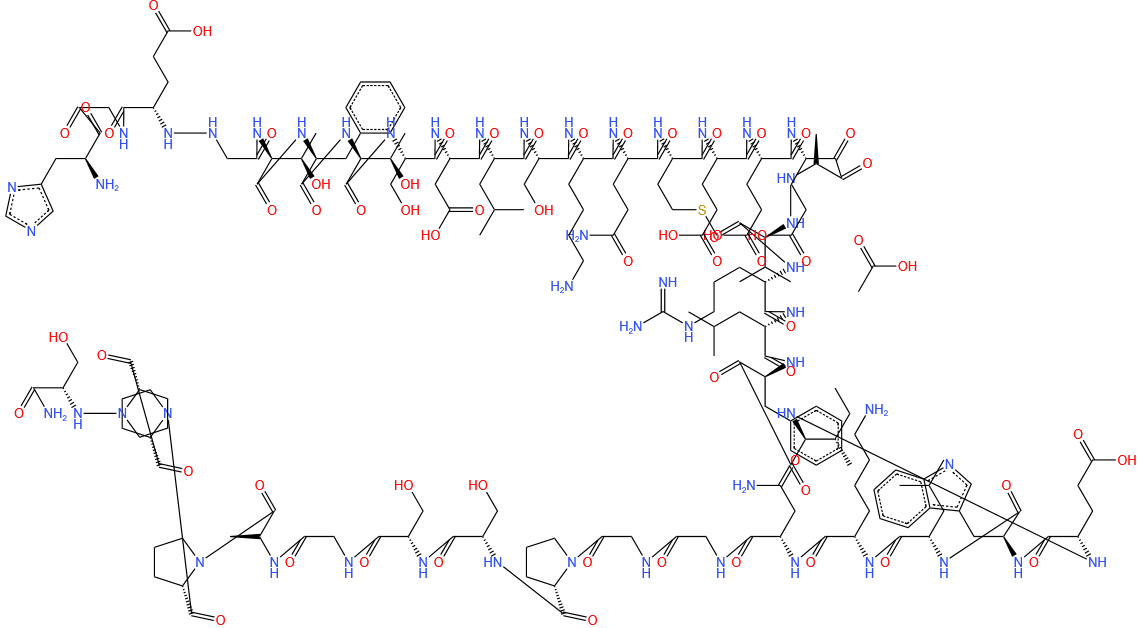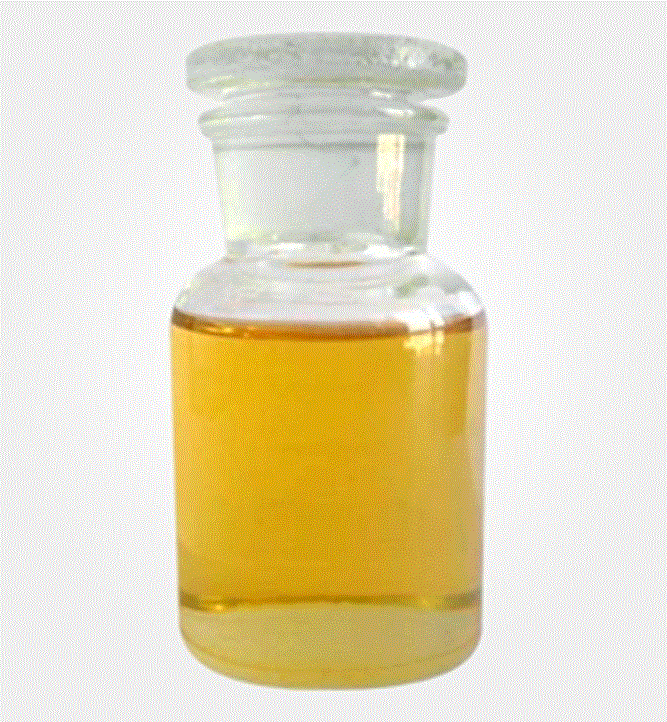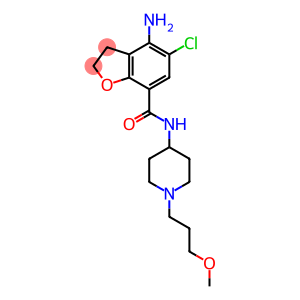Turpentine oil(CAS#8006-64-2)
| Risk Codes | R36/38 – Irritating to eyes and skin. R43 – May cause sensitization by skin contact R65 – Harmful: May cause lung damage if swallowed R51/53 – Toxic to aquatic organisms, may cause long-term adverse effects in the aquatic environment. R20/21/22 – Harmful by inhalation, in contact with skin and if swallowed. R10 – Flammable |
| Safety Description | S36/37 – Wear suitable protective clothing and gloves. S46 – If swallowed, seek medical advice immediately and show this container or label. S61 – Avoid release to the environment. Refer to special instructions / safety data sheets. S62 – If swallowed, do not induce vomitting; seek medical advice immediately and show this container or label. |
| UN IDs | UN 1299 3/PG 3 |
| WGK Germany | 2 |
| RTECS | YO8400000 |
| HS Code | 38051000 |
| Hazard Class | 3.2 |
| Packing Group | III |
Introduction
Turpentine, also known as turpentine or camphor oil, is a common natural lipid compound. The following is an introduction to the properties, uses, preparation methods and safety information of turpentine:
Quality:
- Appearance: Colorless or yellowish transparent liquid
- Peculiar smell: Has a spicy smell
- Solubility: Soluble in alcohols, ethers and certain organic solvents, insoluble in water
- Composition: Mainly composed of cerebral turpentol and cerebral pineol
Use:
- Chemical industry: used as a solvent, detergent and fragrance ingredient
- Agriculture: can be used as an insecticide and herbicide
- Other uses: such as lubricants, fuel additives, fire control agents, etc
Method:
Distillation: Turpentine is extracted from turpentine by distillation.
Hydrolysis method: turpentine resin is reacted with alkali solution to obtain turpentine.
Safety Information:
- Turpentine is irritating and may cause allergic reactions, so care should be taken to protect the skin and eyes when touched.
- Avoid inhaling turpentine vapor, which can cause eye and respiratory irritation.
- Please store turpentine properly, away from fire and high temperatures, to prevent it from exploding and burning.
- When using and storing turpentine, please refer to relevant regulations and safety handling guidelines.







![(3S,7aR)-3-(trichloroMethyl)tetrahydropyrrolo[1,2-c]oxazol-1(3H)-one(CAS#1330286-50-4)](https://www.xinchem.com/uploads/3-trichloroMethyltetrahydropyrrolo12-coxazol-13H-one.gif)
